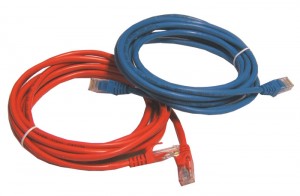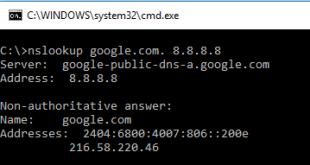Category 5
Category 5 transmits at 100MHz frequencies, providing a rated line speed of up to 100Mbit/s and a max cable segment length of 100 meters. Most Category 5 cables, designed for early networks, only used two twisted pairs. Older Category 5 cables continue to make up the bulk of the world’s network infrastructure.
Category 5e
An improved specification to Category 5 was later introduced. By reducing noise and signal interference, Category 5e was capable of increasing rated transfer speeds to 350 Mbit/s over 100 meters. The new standard also required all cables to include four twisted pairs (all eight contacts). An optimized encoding scheme allows up to 50-meter lengths of Category 5e cable to perform at, or near, Gigabit Ethernet (1000BASE-T) speeds.
Category 6
The mainstream adoption of Gigabit Ethernet (1000BASE-T) required new industry-standard cables capable of transmitting at a higher frequency of 250 MHz. Category 6 cable uses thicker-gauge wire, increased shielding, and more pair twists per inch to reduce signal noise and interference. The tighter specifications guarantee that 100-meter runs of Category 6 are capable of 1000 Mbit/s transfer speeds. 10-Gigabit Ethernet speeds are achievable when reducing cable lengths to less than 50 meters.
Category 6e
Category 6 Enhanced (6e) is an augmented specification designed to double transmission frequency to 500 MHz. By wrapping Category 6e in grounded foil shielding, full 10-Gigabit Ethernet speeds can be reached without sacrificing the max cable length of 100 meters.
 Binbert Technology | Computer | Security | Networking | Mobile
Binbert Technology | Computer | Security | Networking | Mobile


excellent.
Be sure to use equally rated plugs and jacks or performance will be downgrade to the Category you utilize.